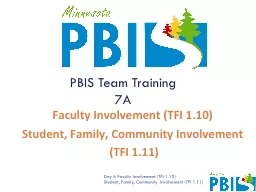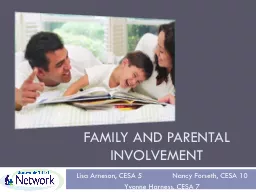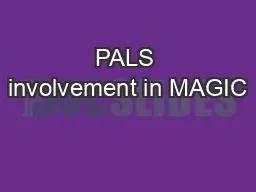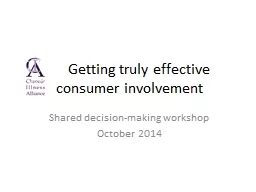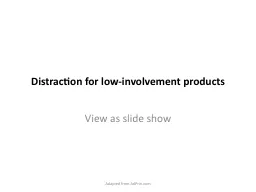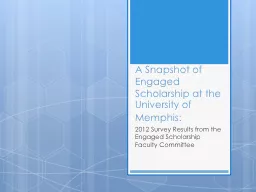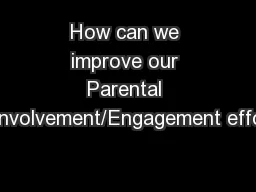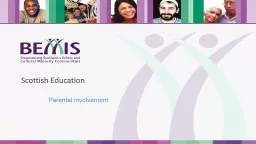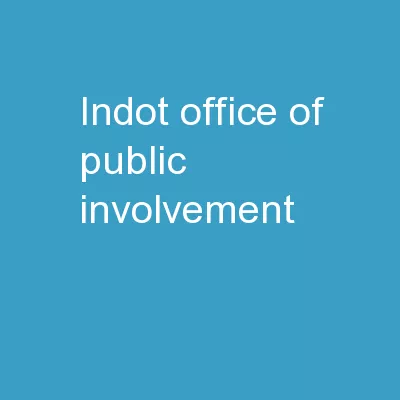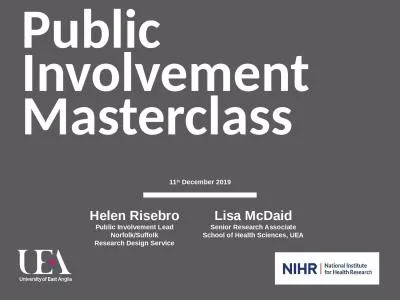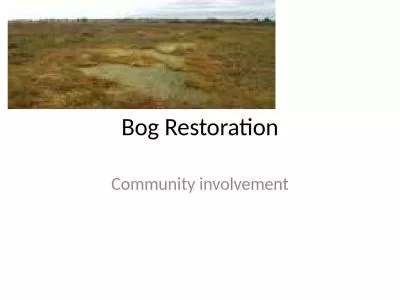PPT-Faculty Involvement (TFI 1.10)
Author : kittie-lecroy | Published Date : 2018-11-07
Student Family Community Involvement TFI 111 PBIS Team Training 6B Learning Expectations EXPECTATION BEHAVIOR Be Responsible Make yourself comfortable Take care
Presentation Embed Code
Download Presentation
Download Presentation The PPT/PDF document "Faculty Involvement (TFI 1.10)" is the property of its rightful owner. Permission is granted to download and print the materials on this website for personal, non-commercial use only, and to display it on your personal computer provided you do not modify the materials and that you retain all copyright notices contained in the materials. By downloading content from our website, you accept the terms of this agreement.
Faculty Involvement (TFI 1.10): Transcript
Download Rules Of Document
"Faculty Involvement (TFI 1.10)"The content belongs to its owner. You may download and print it for personal use, without modification, and keep all copyright notices. By downloading, you agree to these terms.
Related Documents

